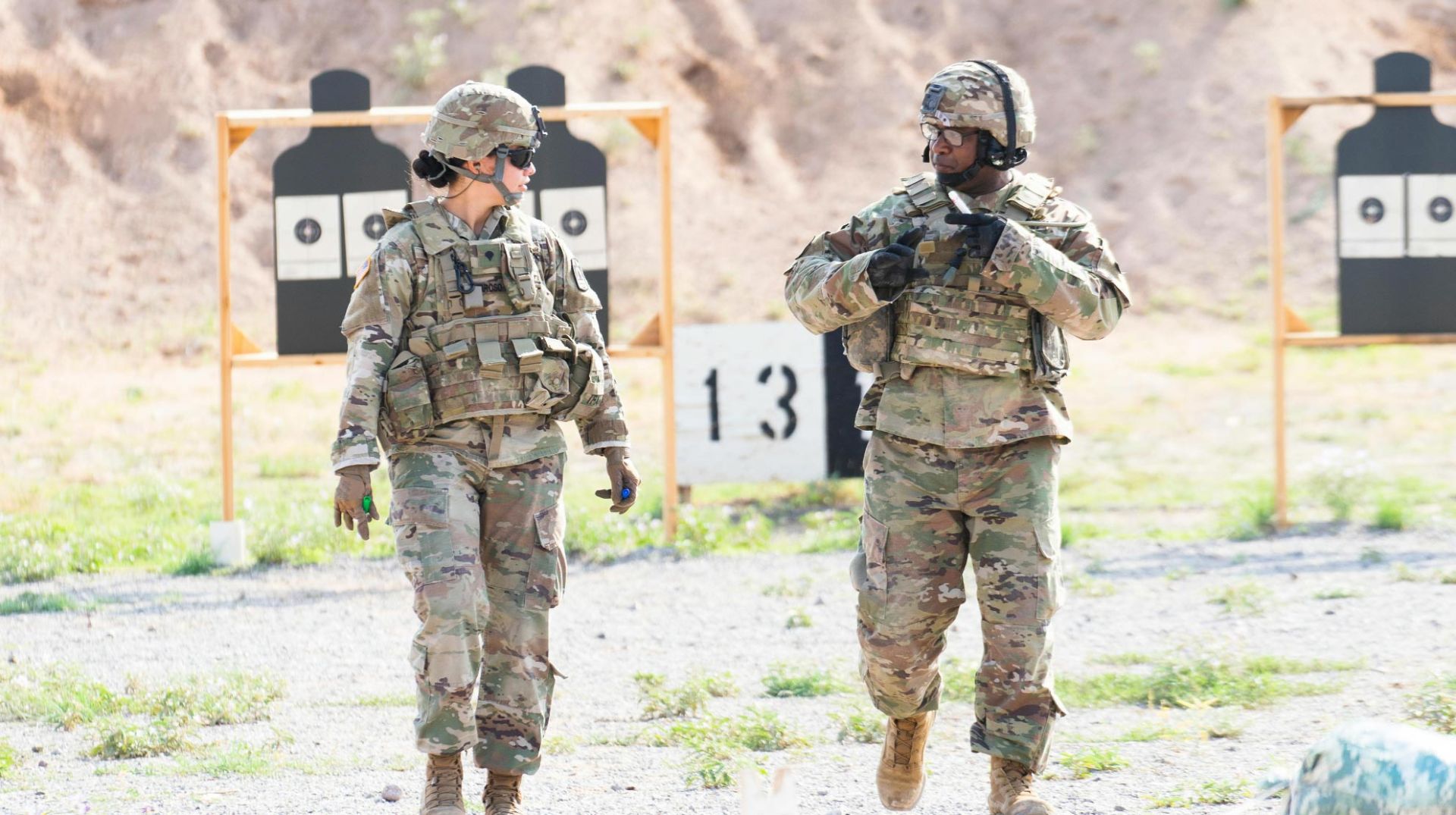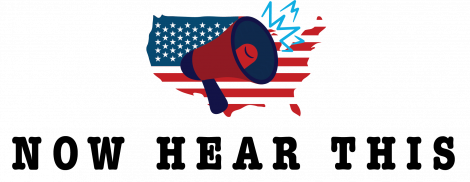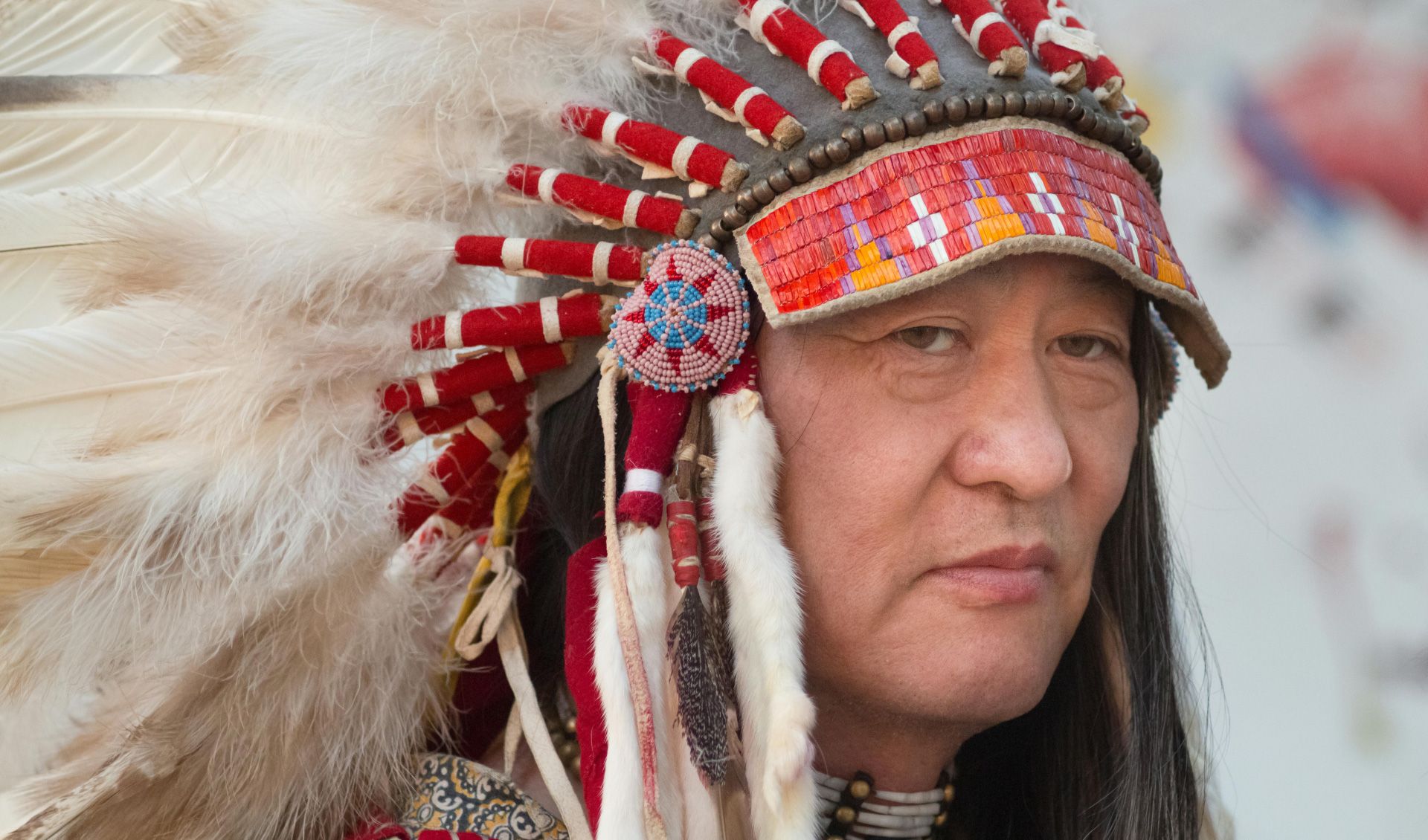Publisher's Corner

Guest Viewpoint
The American Foundation for Suicide Prevention and Zero Suicide - Meet the Staten Island Military, Veteran, Family (SMVF) Task Force!
U.S. Military Surpasses National Demographics in Diversity, Women's Representation Grows 20%

The United States military has evolved into a more diverse fighting force than the general American population, with significant growth in minority and female representation across all service branches, according to Department of Defense statistics.
Racial Diversity Exceeds National Averages
Every military branch except the Marines now has higher racial minority representation than the U.S. population overall.
African Americans comprise over 20% of Army soldiers while representing just 14% of the national population. The Navy leads as the most racially diverse branch, while the Marines maintain the highest proportion of Hispanic Americans relative to their U.S. population percentage. The Space Force shows particularly strong Asian American representation compared to national demographics.
This diversity represents a dramatic shift from the military's segregated past. Despite African Americans comprising 13% of military personnel during World War II—including over one million service members—legal segregation persisted until President Harry S. Truman issued Executive Order 9981 in 1948, mandating desegregation of the Armed Forces.
"We can draw on the talents and the strengths of skilled and brave Americans of every color, creed and background," Truman declared at the time.
Historical Contributions Often Overlooked
World War II saw unprecedented diverse participation despite legal barriers. Beyond the one million African Americans who served, 500,000 Hispanic Americans, 350,000 Asian Americans (including Japanese-, Chinese- and Filipino Americans), and over 25,000 Native Americans contributed to the war effort. These groups were frequently assigned to segregated units and given the most hazardous assignments, receiving little recognition upon their return.
Women's Military Integration Spans Decades
Women's military service has undergone perhaps the most dramatic transformation. The Women's Armed Services Integration Act of 1948 first allowed women to serve as permanent military members, building on their World War II contributions.
The pace of change accelerated significantly in recent decades. Between 2005 and 2022, women's representation across all military branches grew by 20%, according to Defense Department statistics. This growth occurred despite overall declining military recruitment numbers, making women a particularly robust recruitment segment.
The integration culminated with policy changes allowing women in combat roles, fundamentally altering military structure and capabilities.
Current Military Composition
Today's military comprises six main service branches: Army, Navy, Air Force, Marine Corps, Coast Guard, and Space Force. While the U.S. military ranks third globally in size—behind China and India as of 2023—its diversity distinguishes it from many international counterparts.
The demographic evolution reflects broader social changes while maintaining military effectiveness. As former Senator Judd Gregg noted, "The veterans of our military services have put their lives on the line to protect the freedoms that we enjoy. They have dedicated their lives to their country and deserve to be recognized for their commitment."
This recognition now encompasses the full spectrum of American diversity, from the segregated units of World War II to today's integrated forces where minority representation often exceeds national demographics and women serve in previously restricted roles.
The military's demographic transformation demonstrates what President Kennedy called Americans' commitment to paying freedom's "always high" cost, now with contributions from every segment of American society.





